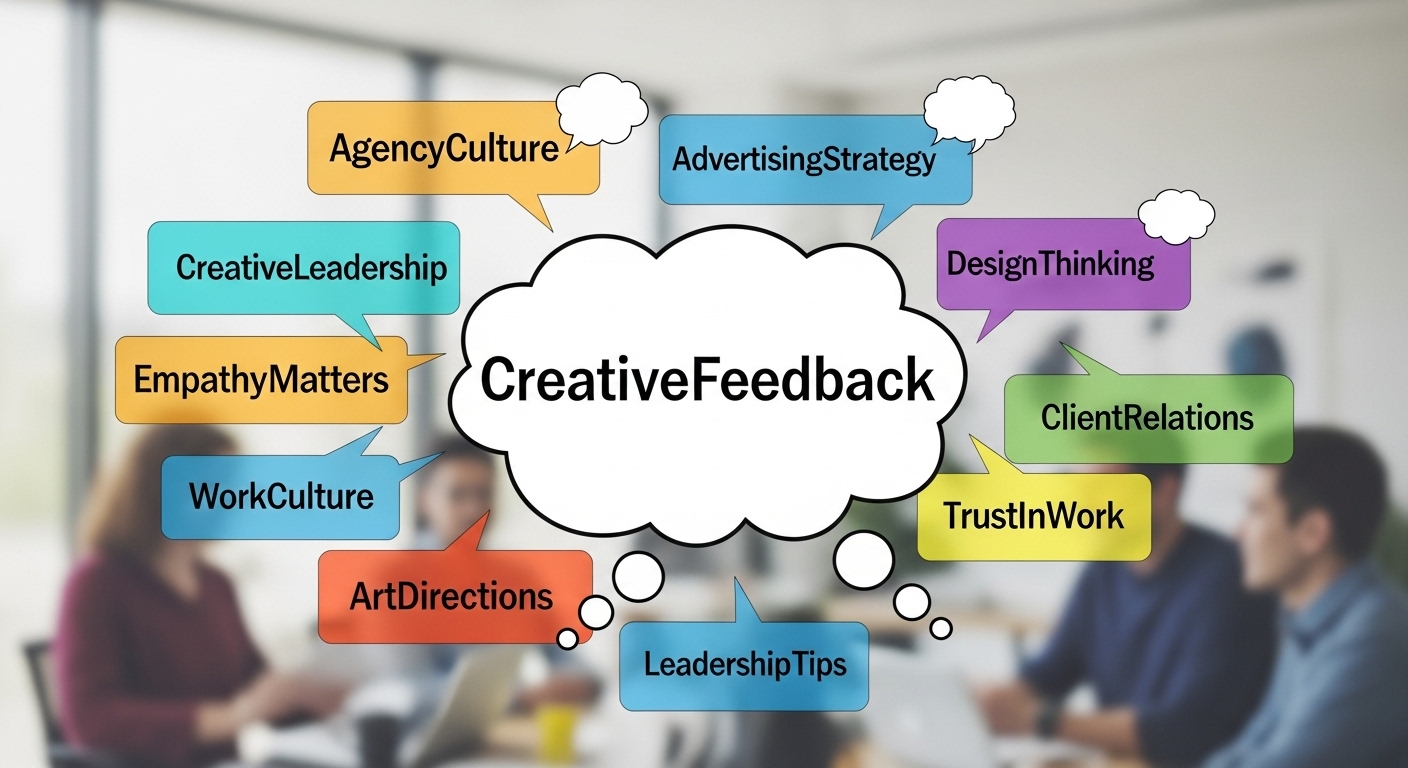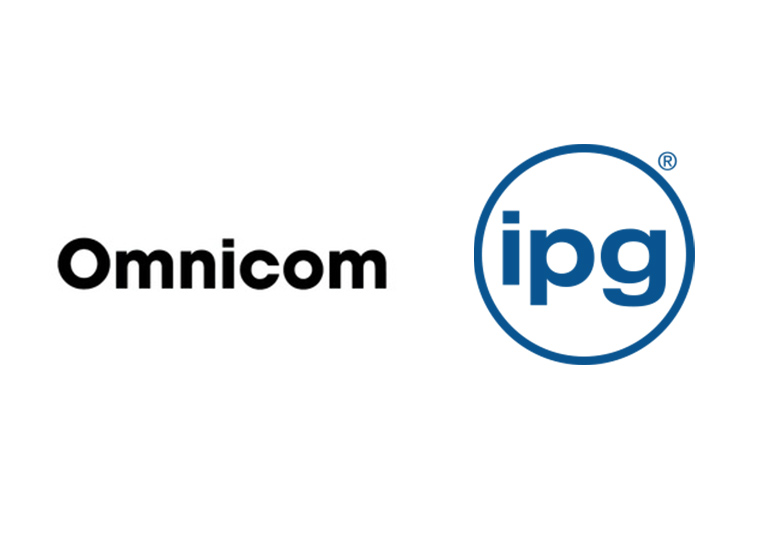Feedback in advertising has never been a simple exchange. Often, it is rarely just “notes.” Instead, it becomes negotiation, translation, and sometimes therapy. The industry builds itself on ideas, fragile ones formed from late nights, instinct, and caffeine. Consequently, feedback becomes a diplomatic act. The loud public moments do not truly shape campaigns and teams. Rather, it is the quiet, everyday exchanges that define the work and the people who make it.
Every creative knows the tension involved. You present something you have poured yourself into. Suddenly, the room goes still, almost holding its breath. The client tilts their head. The strategist squints. Then, the account manager inhales slowly, bracing themselves to deliver news they know might sting. In that moment, everyone understands the truth. This is not just about the idea itself. It is also deeply connected to the person who brought it to life.
Feedback is meant to strengthen the work. Conversely, if handled poorly, it can weaken the creator.
The best people in the industry never treat creative work as a spreadsheet requiring correction. Instead, they treat it as an expression that needs clear direction. Therefore, they know timing matters. Tone matters. Setting matters. Above all else, empathy matters.
Here is the part no agency handbook ever says out loud:
You are not giving feedback to a design. You are giving feedback to a designer.
This is a human being with talent, vulnerability, intuition, pride, and a desire to get the work right.
The most effective leaders act as translators. They take raw emotion and turn it into clarity. Specifically, they guide the process instead of dictating the result. They know that creativity does not respond well to fear. In fact, it responds to trust. When creatives feel safe, they readily take risks. They explore bigger concepts. They imagine bigger solutions. That is when unexpected ideas appear—the kind that truly shift brands and win pitches.
Perhaps the real discipline is not in giving feedback at all. Rather, it is in seeing the person before the pixels.
In a world obsessed with speed, metrics, deadlines, and endless demands for quick turnarounds, choosing humanity becomes a radical act. Ultimately, it allows leaders to sharpen the work without dulling the people who create it.
Advertising is built by humans trying to understand other humans. Thus, the way we communicate with one another behind closed doors often shapes the final output as much as the strategy on the brief.
The work may speak to the world, but the culture that created it speaks just as loudly.
ALSO WATCH MARKETING EDGE ONTV







Comment
No comments found.